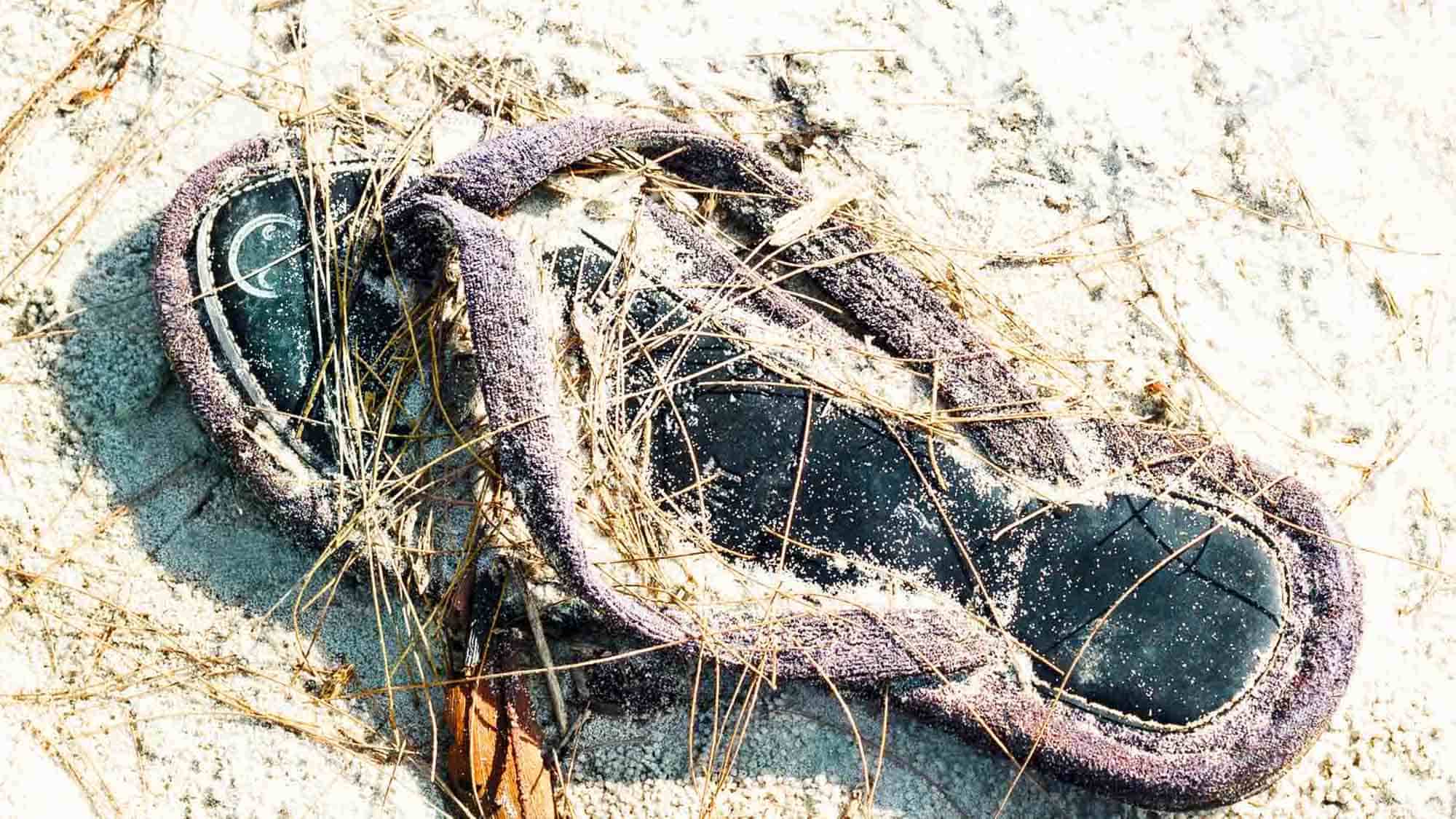Flip Flop pollution
I Love meet and greet is a company which has always been keen to highlight environmental issues, from creating a better environment for bees through to our current direct action campaign giving away free re-usable straws to customers. We appreciate that both aviation and motoring contribute to global warming and, as an ancillary travel service, we fully support the well documented efforts by experts in both these industries to mitigate pollution.

We believe that where we can help is by raising the profile of issues for which we and our customers can start to make a difference. As Mahatma Gandhi famously said, “Be the change that you wish to see in the world.” So, we are expanding our ParkthePlastic campaign (keeping a holiday theme) from straws to include flip flops.
Professor of Sociology Caroline Knowles, traced the globalisation of flip flop production in her seminal 2014 book: Flip-Flop: A Journey Through Globalisation's Backroads, outlining how the world’s most popular (mostly because they are cheap to buy) shoe zig-zags across the globe in a huge production chain which relies on poorly paid workers to sustain the supply of this ubiquitous footwear. As she says the problem does not just lie in the production but also the disposal “Often un-recyclable, plastic flip-flops will lie in the garbage for more than a hundred years before they decompose.”
The United Nations Environmental Program has documented a rising tide of plastic litter stretching down the East African coastline from Somalia to South Africa. In a recent article in the New York Times, Peter Scheren, project manager of the UNEP-West Indian Ocean Lab project, explained “Plastic waste from bags, bottles, and flip-flops is a very persistent and large part of marine litter on beaches and in the seas.”
Obviously flip flops being washed up on beaches around the world is unsightly and distressing but the pollution goes way beyond a visual issue. A report, “Plastic Shoes From all Over the World,” by the Swedish Society for Nature Conservation, analysed 27 pairs of plastic shoes made in various countries, from Uganda to China and the Philippines. It said that 17 pairs contained polyvinyl chloride, or PVC, which environmentalists say is the most non-recyclable plastic; and many contained two or three varieties of the plastic softening agents known as phthalates which have been classified as toxic to reproduction.
Many also contained high levels of heavy metals, which can be carcinogenic to humans and toxic to plants and animals. Heavy metals, such as lead and cadmium, are added to PVC products to make them last longer. Moreover, the report said, the presence of toxic chemicals was not limited to cheap brands: some expensive models also contained high concentrations of dangerous chemicals.
Since the publication of this report, footwear giant Adidas has partnered with environmental organisation Parley, which works to address major threats to the oceans, and has been inspired to develop new manufacturing methods to make use of coastline plastic waste.
Rethinking the supply chain is an excellent way to start tackling the issue at its source but with the number of flip flops already produced proving impossible to quantify, there is a need to educate everyone about the buying and disposing of their favourite holiday footwear.
When buying your next pair of flip flops, research which companies offer a more environmentally-focused product. We have included a small selection here: Ocean Minded, which incorporates greener materials like recycled car tires, hemp, and water-based glue into its designs. The Green Wave which bills itself as the centre for sustainable surfing. The best option we found is to buy from a company that offers a mail-in recycling program for its footwear, Okabashi (via Amazon for the UK).
When your flip flops wear out or break, how can you dispose of them without contributing to the problem? Who better than American icon Martha Stewart to help us – see her comprehensive guide to recycling here. There is also the opportunity to use them for another function (or repurpose them as Martha would say). Old flip flops can be reused for;
- They can be shredded to use in stuffing dog beds and outdoor cushions.
- Shredded pieces can be used as packing materials.
- Circles can be cut to use under furniture legs to prevent the scratching of floors.
- Cut sections can be used under large appliances such as washing machines to reduce vibration.
- Make doorstops by gluing a couple together.
- Chunks or shreds can line the bottom of flowerpots for drainage.
- Cut into shapes for children to use as stamps with inkpads or poster paints.
One of the best uses we found was from a company called Ocean Sole which describes itself as a social enterprise that pays coastal communities to collect circa 520,000 discarded flip flops off the beaches of Kenya each year and with 72 full time employees in Kenya, creates art & functional items.
From 1st August we will be running a competition on our website and social media to win some of the amazing art produced by this company in an attempt to boost awareness of how a simple product like flip flops is damaging our world. We will be posting every week to our communities to highlight the issue and engaging with our customers to see they can get involved in helping to halt this tide of plastic pollution.